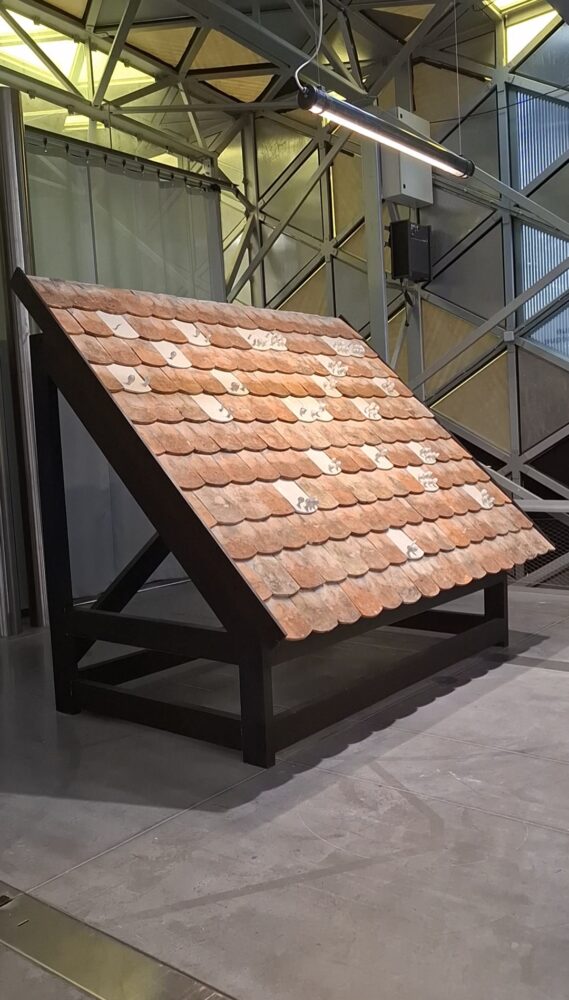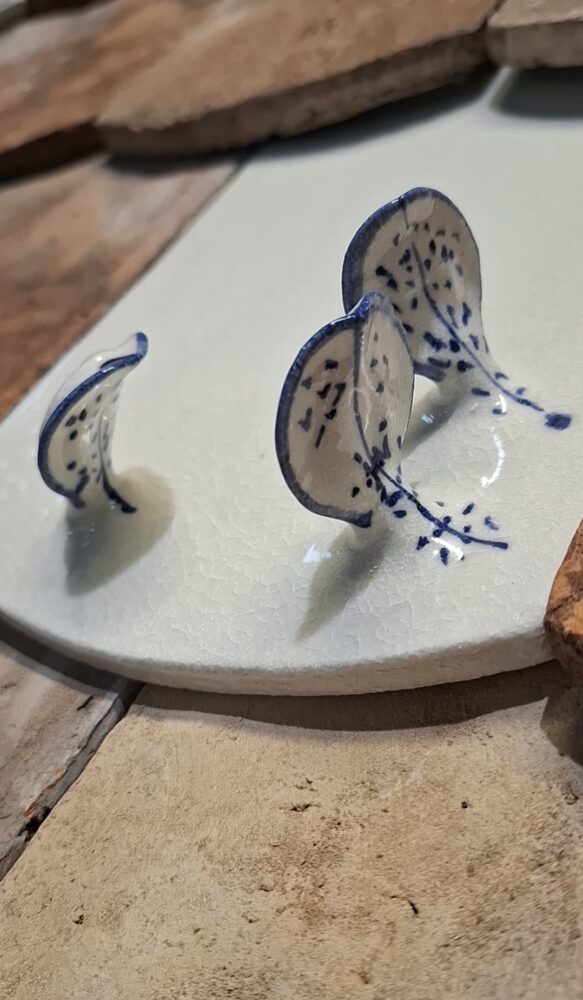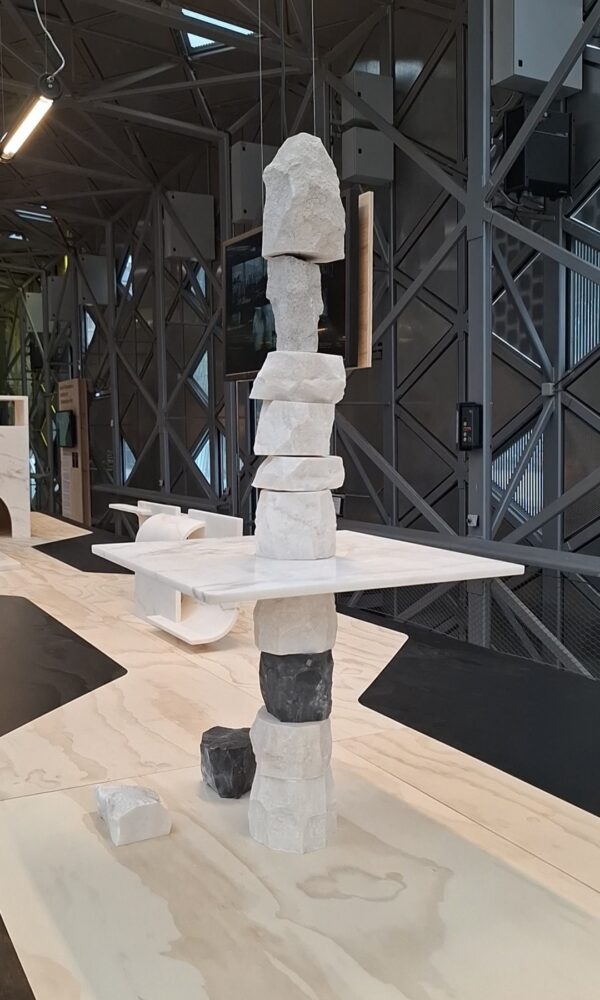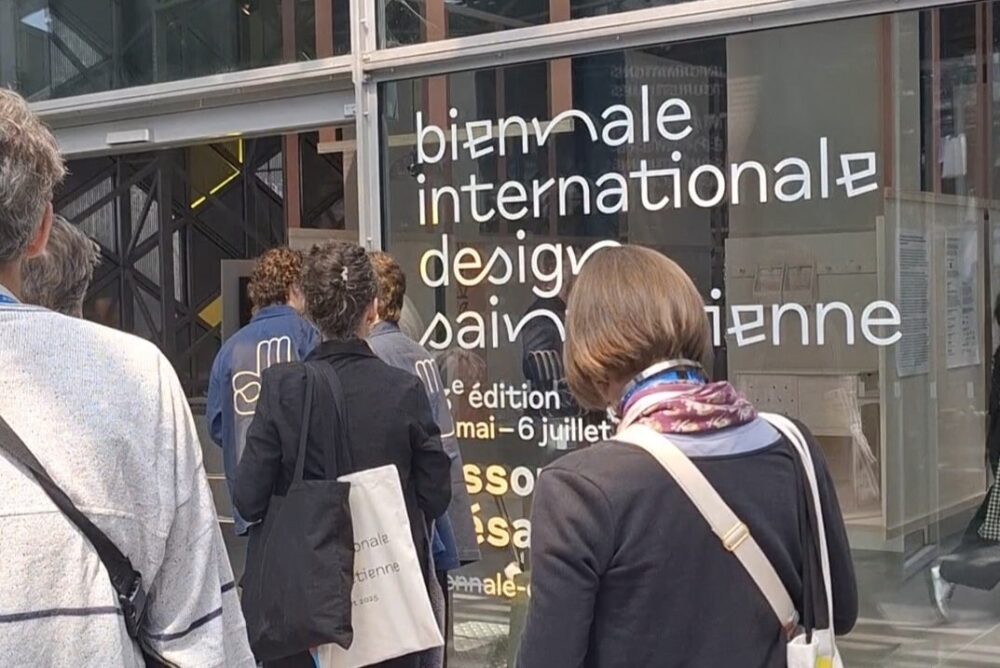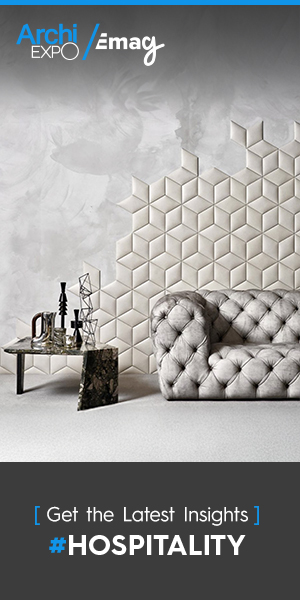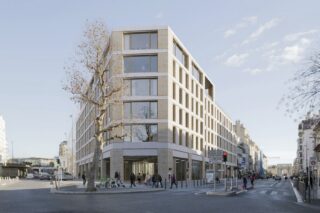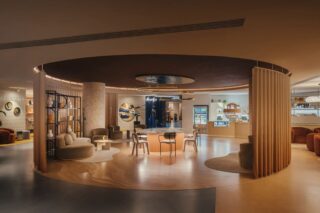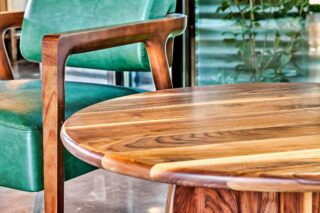From recycled urban furniture and AI-generated fashion to climate-responsive materials and cross-cultural perspectives, the 2025 Saint-Étienne Biennale showcases how design can serve as both a resource and a vision for the future.
On May 21, we attended the exclusive press preview of the 13th edition of the Biennale Internationale Design Saint-Étienne, a major international event at the intersection of design, ecology, and social innovation. Running from May 22 to July 6, 2025, this year’s edition—titled Ressource(s) – Présager demain—sets out to explore how design can help us anticipate tomorrow’s challenges and shape more sustainable futures through material, cultural, and environmental reflection.
Organized by the Cité du Design – École Supérieure d’Art et Design de Saint-Étienne, the Biennale brings together designers, artists, researchers, and institutions from around the world. Through a rich program of exhibitions, installations, and dialogues across the city, this edition positions design not only as a creative practice but as a vital resource in confronting the urgencies of our time. Our visit offered a first look at the curatorial vision and key themes that will define the weeks ahead.
Now More Than Ever, We Need the Right to Dream
Held in the 1,000-square-metre La Platine building at the Cité du design, Le Droit de rêver presents experimental work from student-led workshops at ESADSE, exploring how young designers reclaim the right to dream amid ecological and social urgency. The exhibition highlights resourcefulness in both craft and industry, demonstrating how design education can respond to the challenges of the Anthropocene through collaboration and material innovation.
Among the featured works is Seasonal Design by Flora Koel (ESADSE, 2017), who used a surplus of ribbon from the Louison company to create functional objects like rugs, tables, and chairs. Her approach reframes excess materials as adaptable design opportunities.
Leïla Bouyssou (ESADSE, 2023) investigated the undervalued potential of local wool in Transformer la laine, partnering with Lainamac to map out transformation systems and propose new tools, objects, and networks for regional wool production.
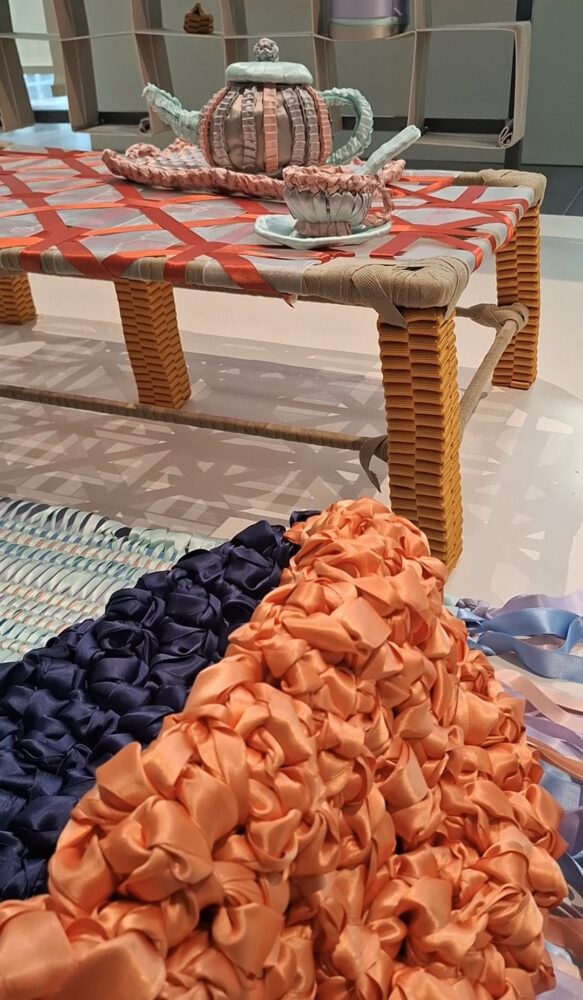

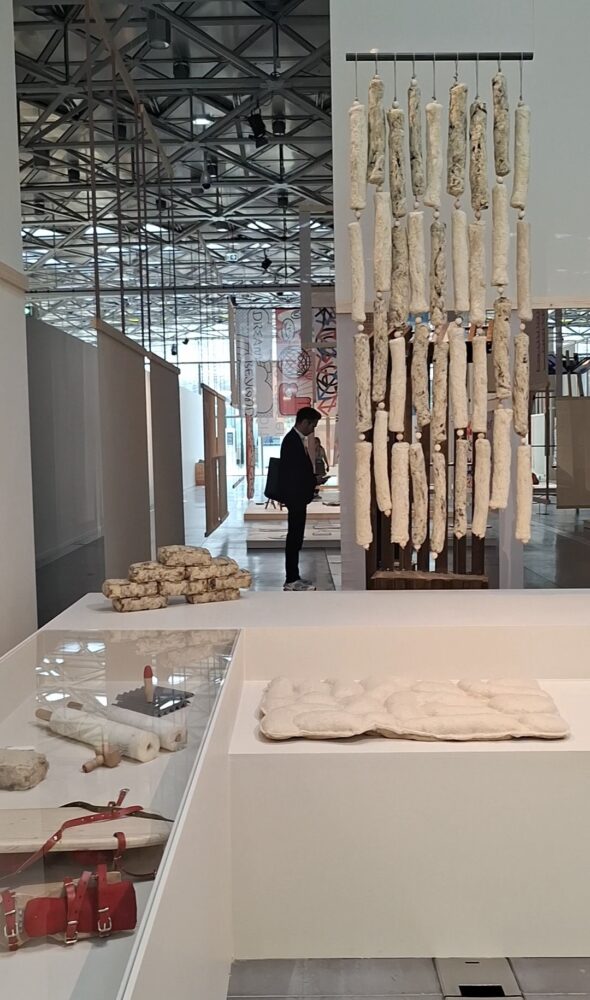
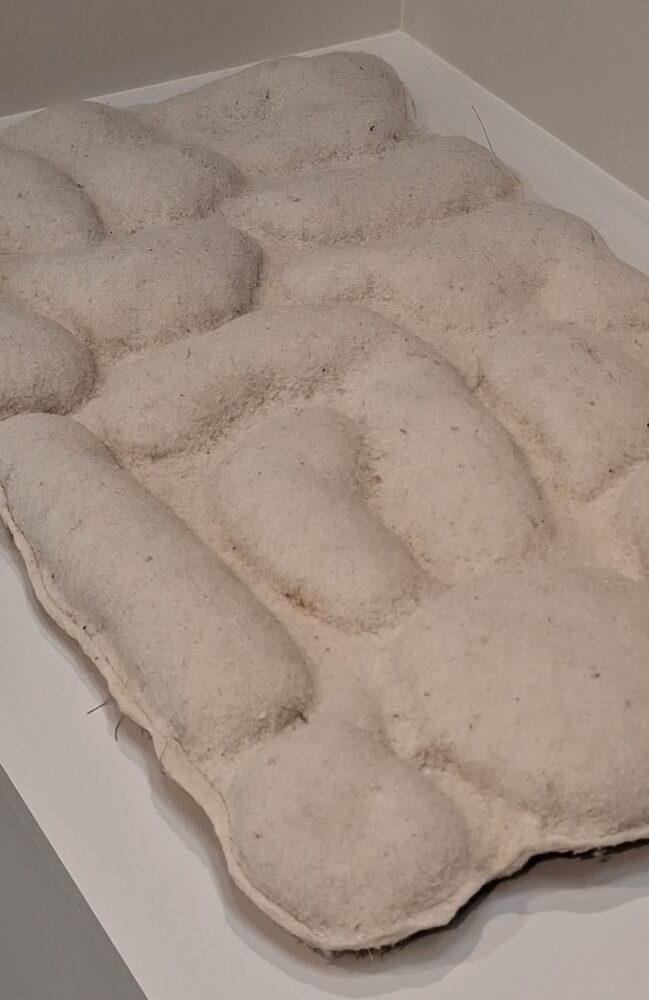
The collective BL119 contributed Shakers, inspired by the environmentally conscious design legacy of the 18th-century Shaker community. Their project includes handcrafted objects and furniture made using traditional woodworking methods.
Also featured was Wheelbarrow, created by two ESADSE graduates from local sawmill offcuts. Reimagined in wood rather than metal, the piece blurs the line between sculpture and tool, symbolizing time, labor, and material memory. It was performed publicly in April 2025 and will be documented in a forthcoming publication.
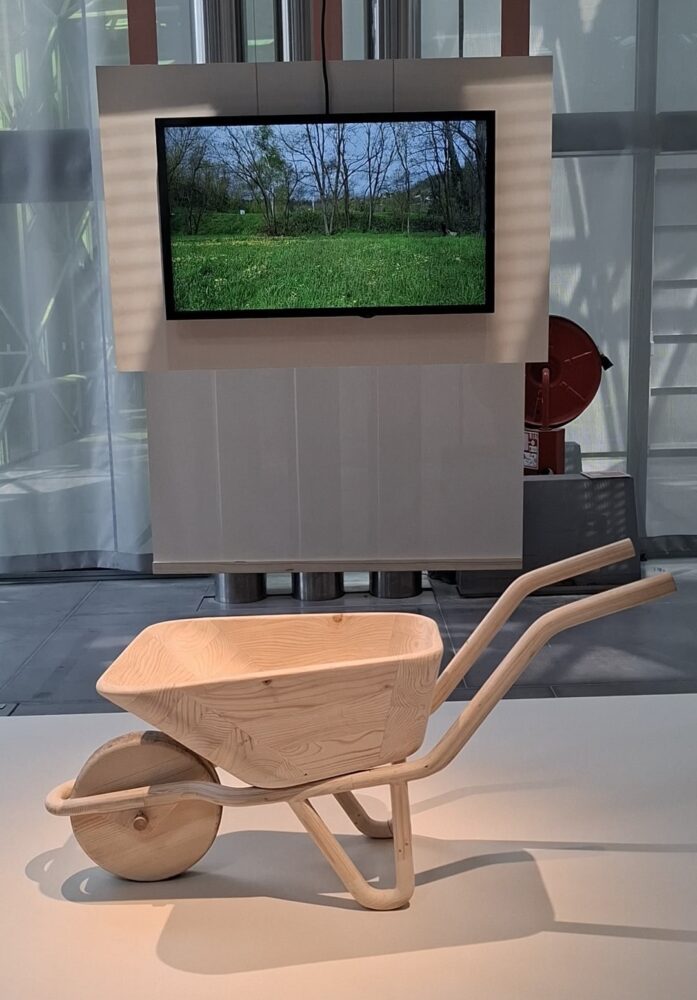
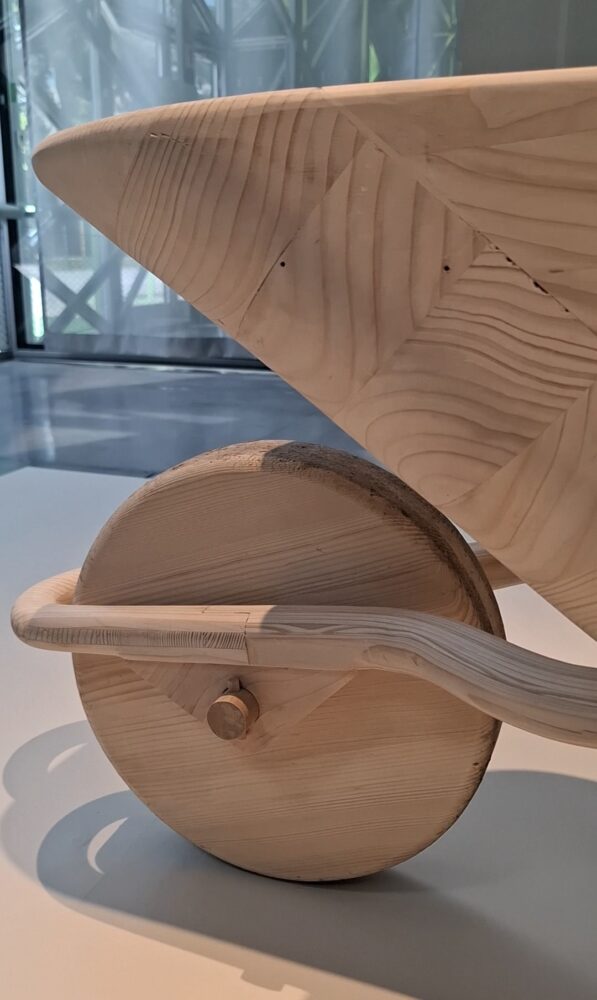
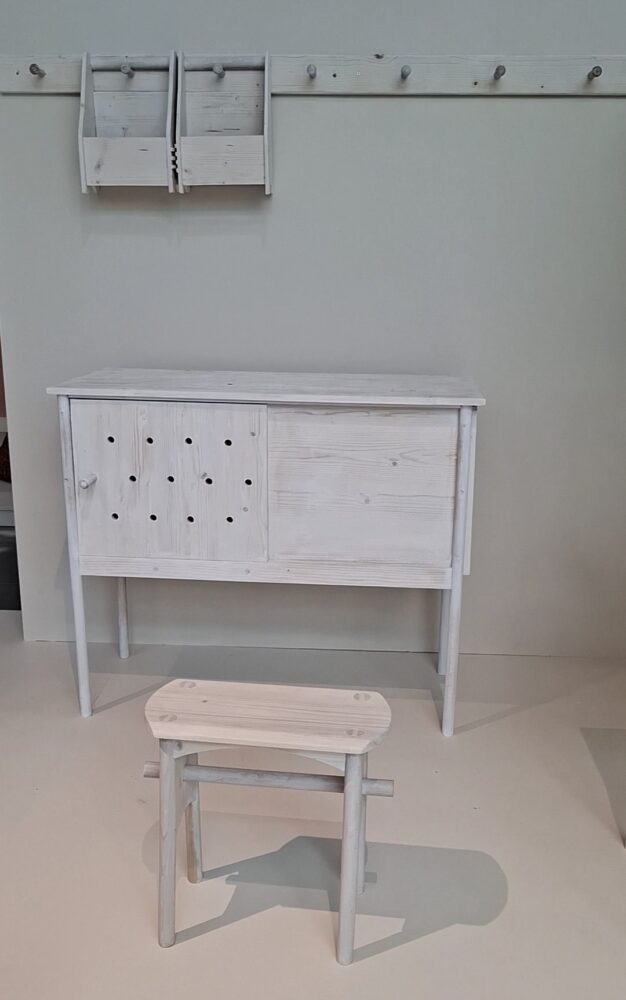

Foreshadowing Tomorrow: A Glimpse into Ressource(s) from AI to Recycled Plastics
Located in a vast 2,000-square-metre space inside the former Halles Barrouin—an icon of Saint-Étienne’s industrial heritage—the exhibition Ressource(s), foreshadowing tomorrow serves as the central hub of the Biennale. Curated by Laurence Salmon alongside nine guest designers, the show is structured into nine thematic sections exploring how design can respond to the depletion of natural resources and the social shifts of a rapidly changing world.
Topics range from the future of industry and artificial intelligence to upcycling, climatic design, and the tensions between low-tech and high-tech solutions. A mix of startups and major industrial players are featured, illustrating how designers work with a diverse array of resources—natural, technological, and cultural—to shape emerging realities.
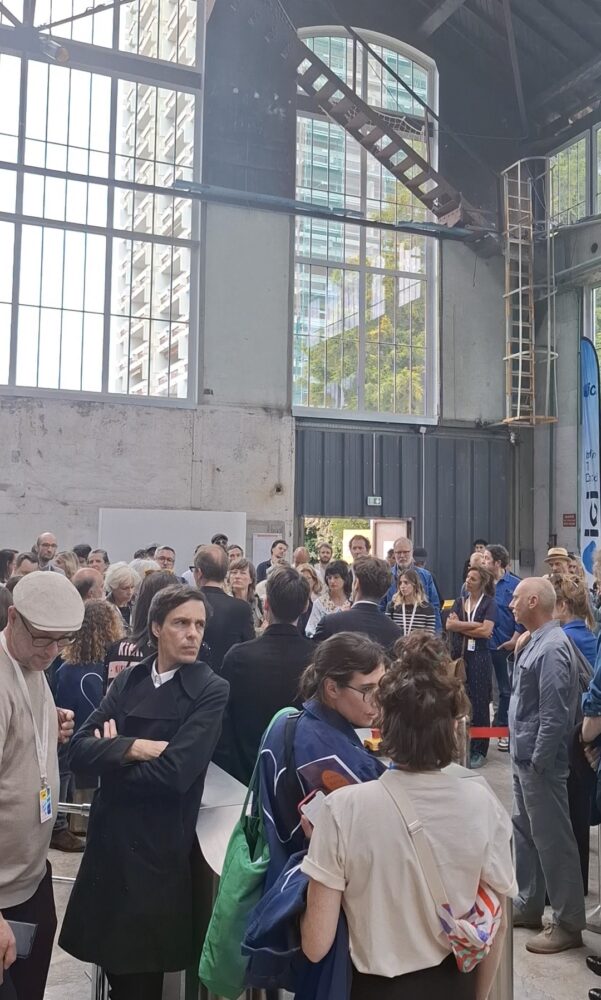
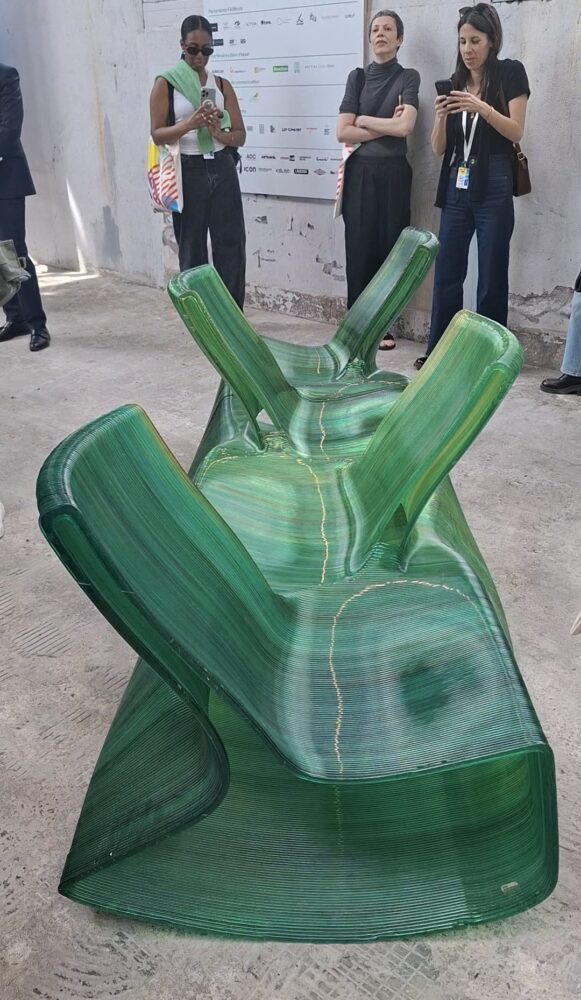
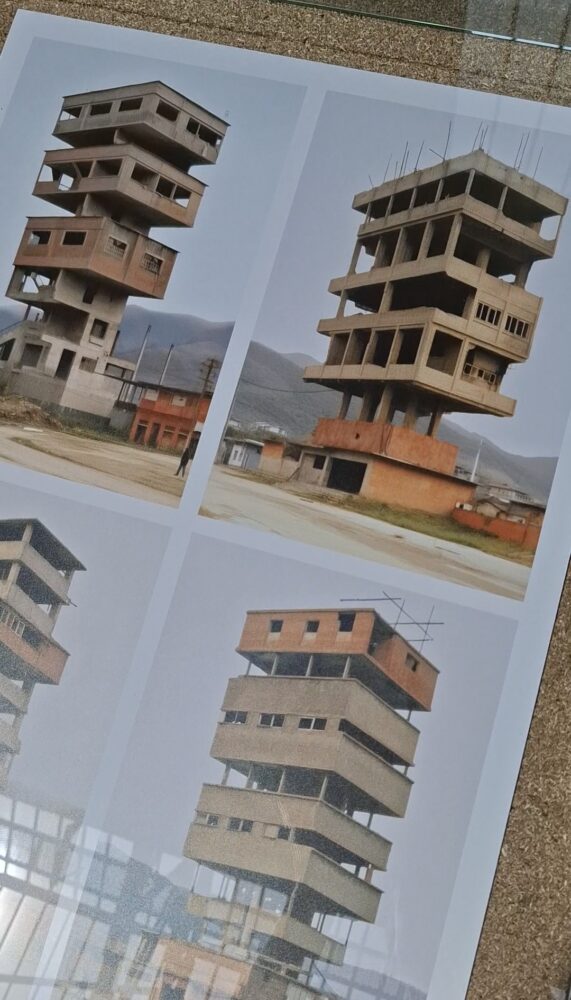
Several projects offered tangible case studies of these themes. Architect Guillaume Crédoz presented 3D-printed urban furniture created from recycled car headlight plastic, fabricated with the help of a repurposed 5-tonne robotic arm.
“We recuperated a 5-tonne robotic arm from the automobile industry, integrated a second ‘brain,’ and transformed it into a 3D printer,” he explained.
His modular, four-seat rocking bench was conceived as “active design” for overheated cities where social life may increasingly shift outdoors at night.
Other sections explored creative production with AI, curated by Étienne Mineur. While the imki fashion jacket by The Kooples stood out for its sleek design, several other AI-generated outputs—such as dangerously unstable architecture renderings—prompted concerns. Mineur’s goal was to frame AI as a tool for rethinking design, but unease about its implications lingered.
Other sections explored creative production with AI, curated by Étienne Mineur. The imki fashion jacket by The Kooples stood out for its sleek design. Yet, several other AI-generated outputs such as dangerously unstable architecture renderings prompted concerns. Mineur’s goal was to frame AI as a tool for rethinking design, but unease about its implications lingered.
In the section on climate-related design, curated by Philippe Rahm, visitors encountered Trosne, a 3D-printed chair by hors-studio and Emmanuel Hugnot.
It’s made from Leatherstone, a sustainable composite of crushed leather scraps and natural binders.
The piece invites reflection on post-fossil-fuel interiors, where material choices and thermal comfort may play new roles in how we inhabit space.
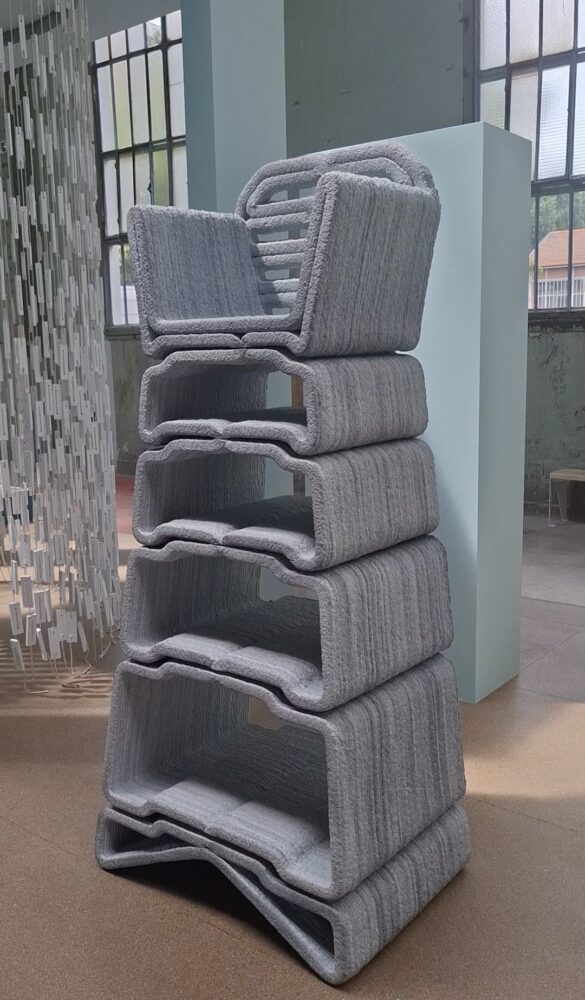
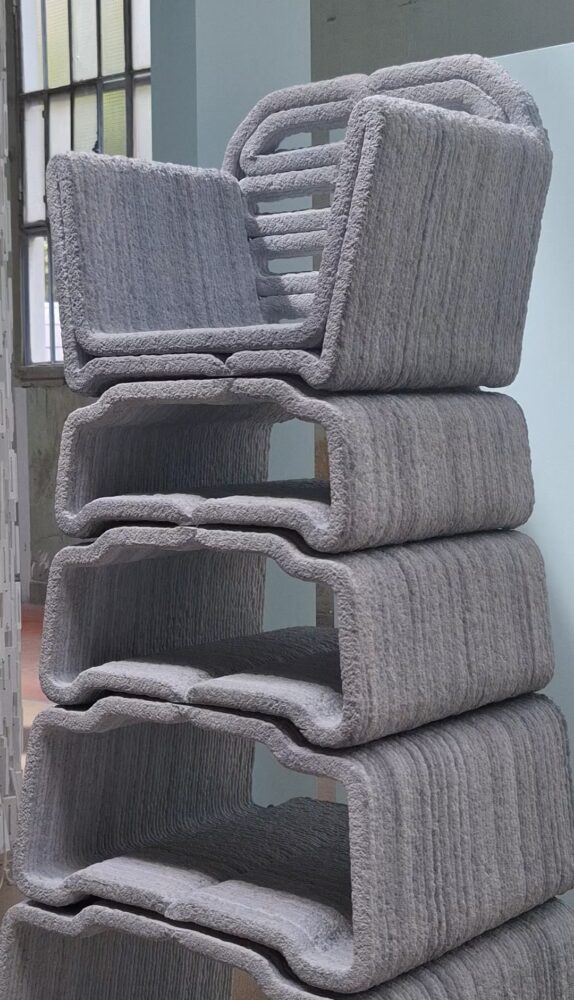
Guest Country Armenia: The Wandering Roof and Breath of Stone
This year’s guest country at the Biennale Internationale Design Saint-Étienne is Armenia, a choice rooted in the newly established city twinship between Saint-Étienne and the southern Armenian city of Kapan. The dedicated exhibition, titled In Relief: Design in Armenia, explores the richness and resilience of Armenian creativity through architecture, fashion, and the applied arts. Curated by Jean-François Dingjian, Eloi Chafaï, and Nairi Khatchadourian—with scenography by Normal Studio—the exhibition examines the theme of “resources” within Armenia’s distinct cultural and geopolitical context, highlighting both local traditions and the innovative contributions of the Armenian diaspora.
The exhibition features a broad spectrum of contemporary works, two of which stood out for their depth and material sensitivity. The Wandering Roof by Anush Ghukasyan blends artistic ceramics with social engagement, extending beyond the installation itself into local schools to foster creativity and education. Breath of Stone by Gayane Sofoyan showcases sculptural pieces crafted from stone—a fundamental material in Armenian heritage—celebrated here not only for its durability but also for its expressive potential in contemporary design.
Together, these works reflect a broader narrative of cultural continuity, reinvention, and material identity that resonates throughout the exhibition. A deeper look at the Armenian design scene and insights from the round table discussion will be featured in our upcoming article.
Stay tuned for a more in-depth article about Armenia coming soon!
